Timeless fragments: chromatic vibrations between water and earth | Collective Show
Palazzo Granafei – Nervegna
Via Duomo, 20
Brindisi, IT
[Silver, broken pots and vessels from different eras found in the Xico Valley]
“Who owns History? Everyone and no one…”
Eric Foner, Who Owns History?: Rethinking the Past in a Changing World
In May 2017, my journey crossed with the Xico Valley Community Museum at the Chalco Valley in the State of Mexico and I instantly fell in love with the community work they were exerting.
While spending some time there, I stumbled upon small fragments of broken pots and vessels on the premises. Not at all uncommon events, figurines, obsidian knifes and even fossils are usually found not only on the museum but on the grandeur of the Xico Valley. These are remains of Aztec, Teotiuhuacan, Coyotlatec, Chalco Ploychrome and Toltec cultures that date back to Pre-classic and even Pre-historic periods.
More often than not, budgets for educational or restoration purposes in countries are diminished and in some instances, completely severed. With these incoming tides of abandonment crashing against preservation, Future Carriers of Our Past, is an art project that pretends to reappropriate some of these fragments, by creating a silver base to transform them as pendants.
By transfixing the decaying object unto a wearable piece, it converts the carrier, into a living entity that can safeguard these; not only these actions provide a one of a kind adornment that denotes the craft from the Pre-hispanic artist, but the “emphatic responsibility” of being akin to another civilization through the bearing of a significant object from the Mexican culture.
This project raises several questions that may or may not be pondered: If history can no longer preserved by institutions due to several socio-economical circumstances of a country, whose duty, if not a public or a private one, can help salvage our past? Can this become a platform for owning our heritage with a sense of empowerment? Is there a price that can be set for the historical legacy of a country through the jewelry craft?
Now, as to the individual right to become an originator of all sorts, can an artist become part of a country’s history, by acquiring a sense of duty towards the past and invest in the craft of these pieces to conserve and shelter through happy carriers, the evidence of an already invaluable, previous craft?
Part of the International Jewelry Design Symposium: Digital Meets Handmade at FIT, N.Y. Publication at Amazon
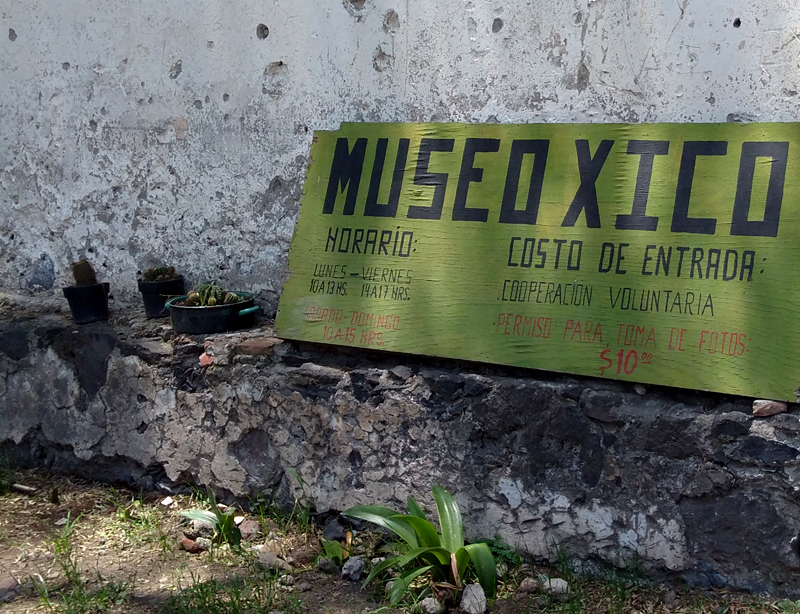
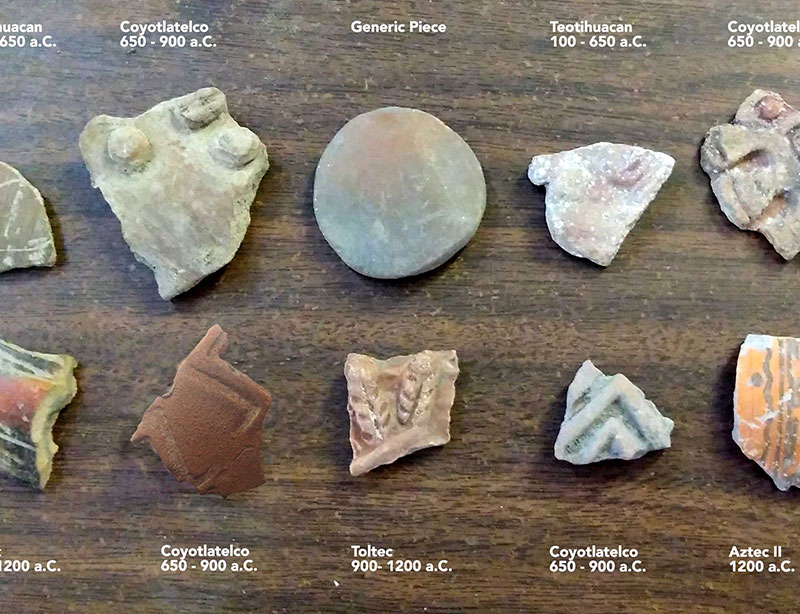
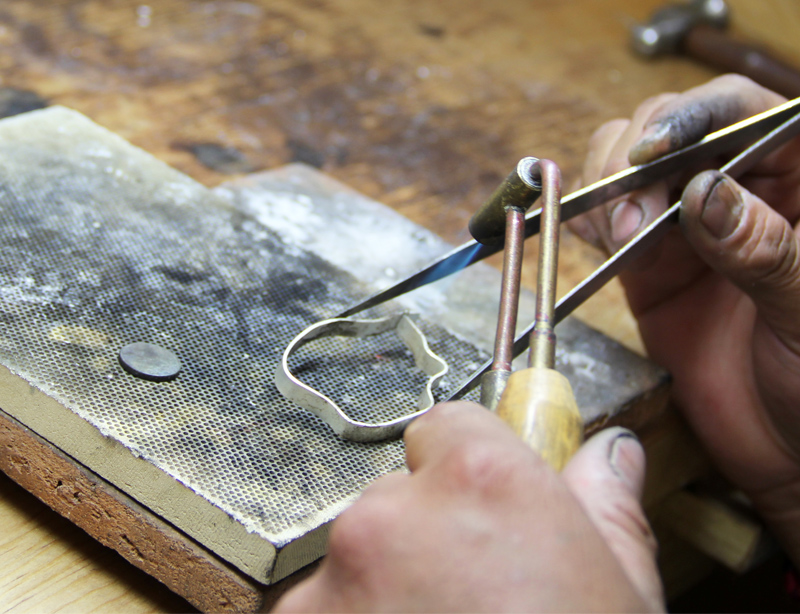
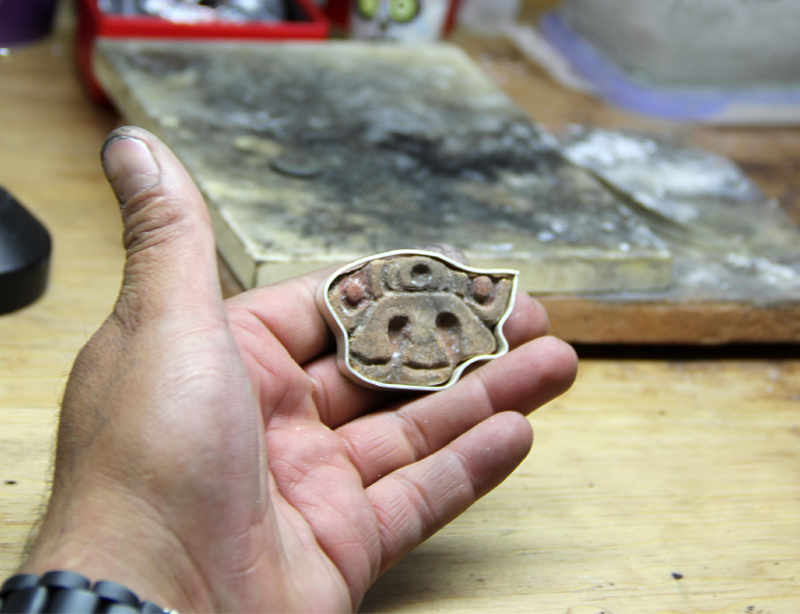
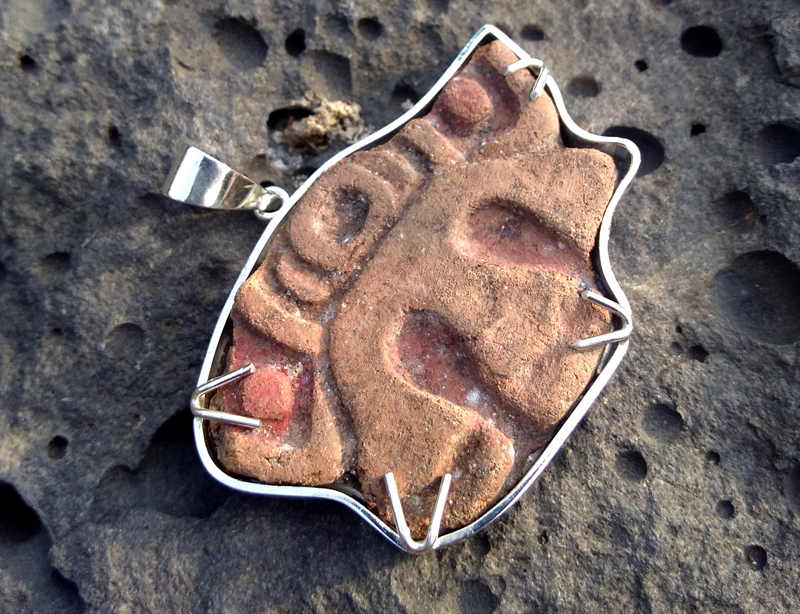

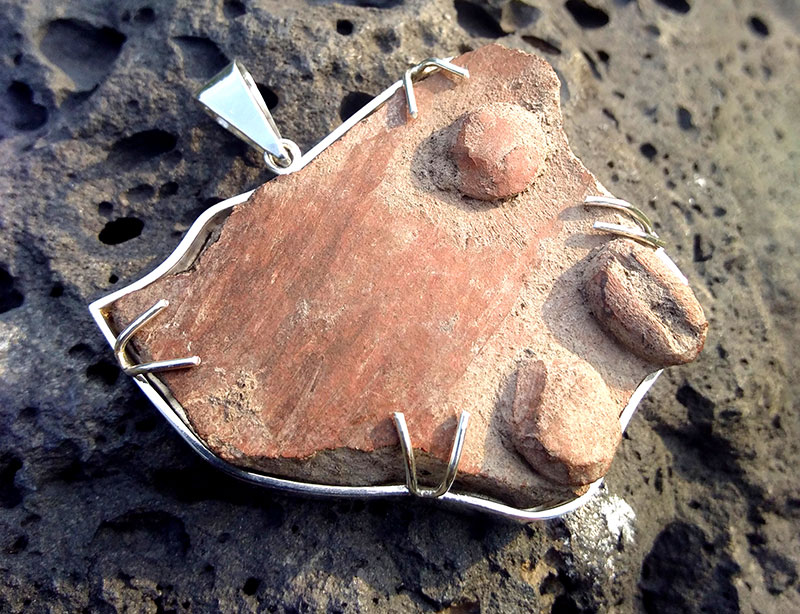

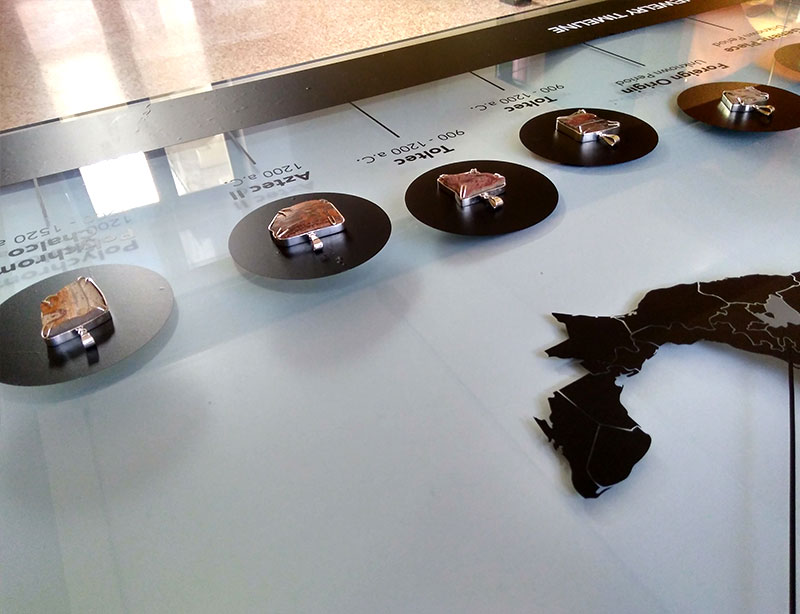
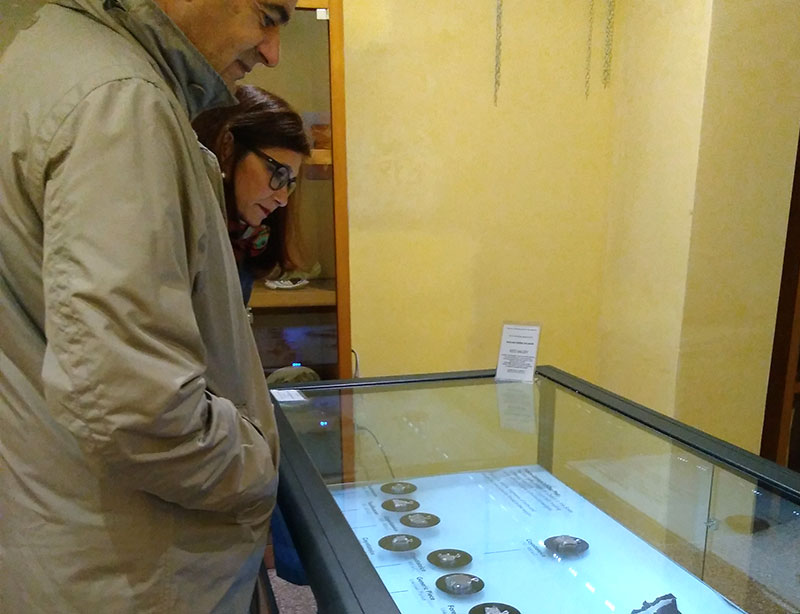
Special Thanks to Tanya Moss and Genaro Altamirano from the Xico Valley Community Museum.